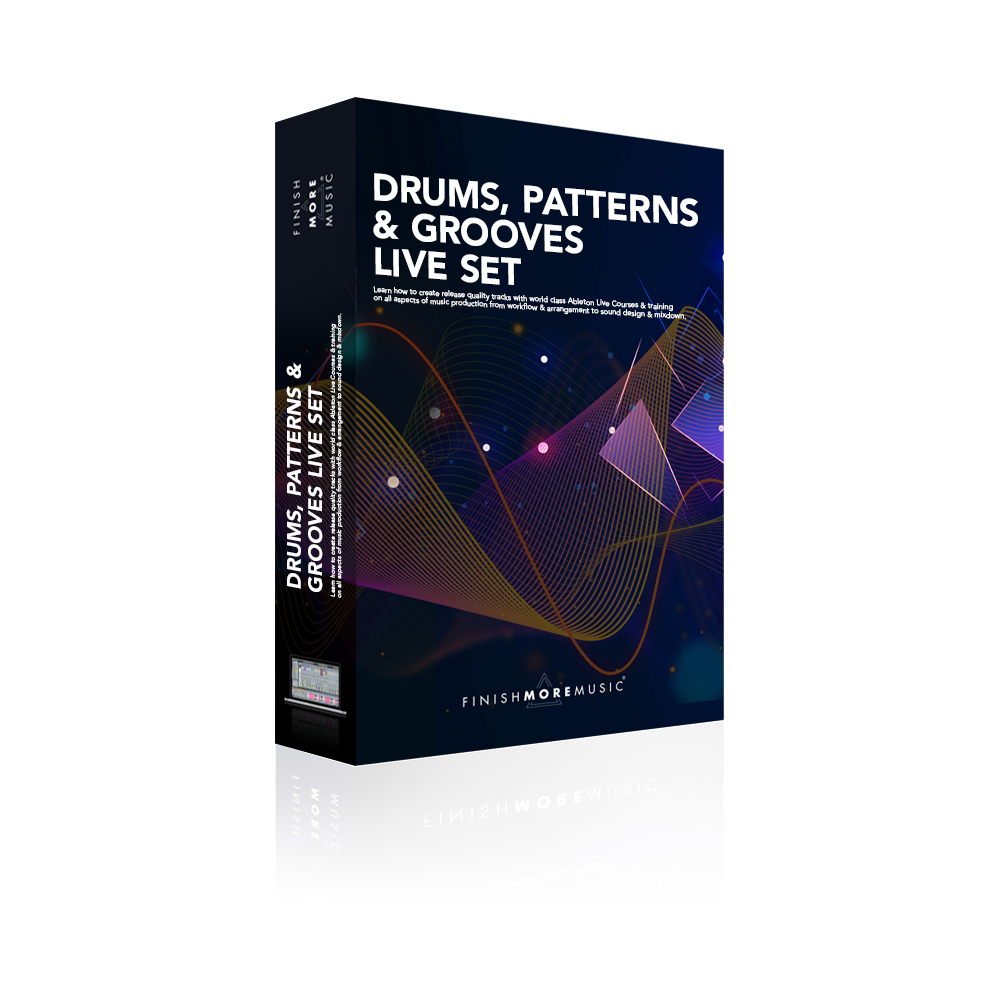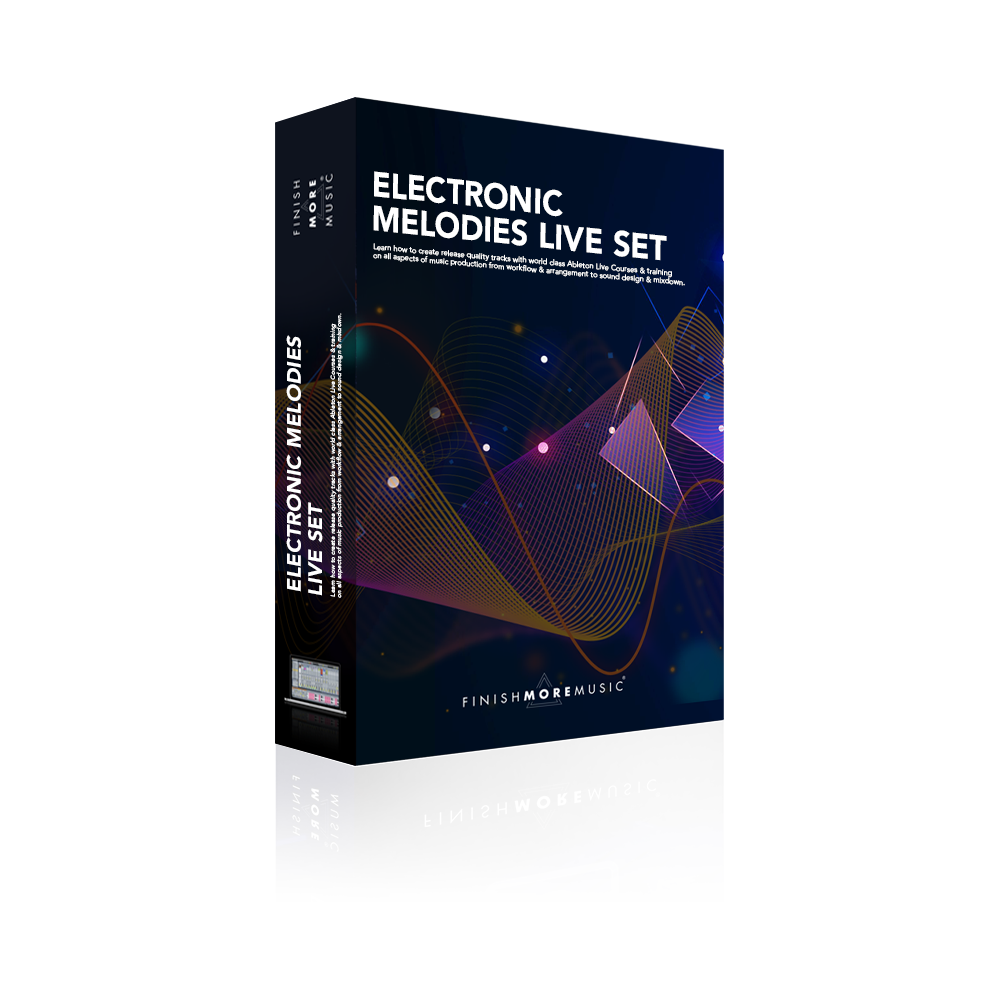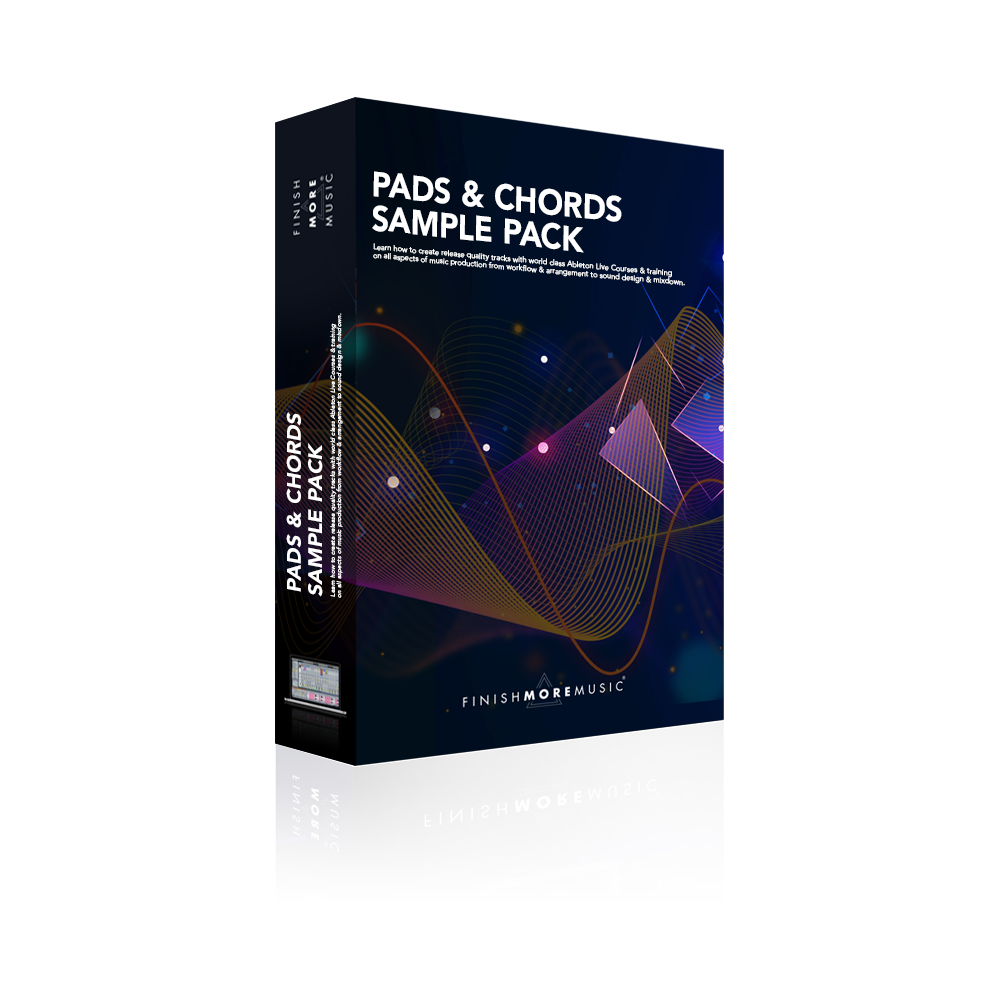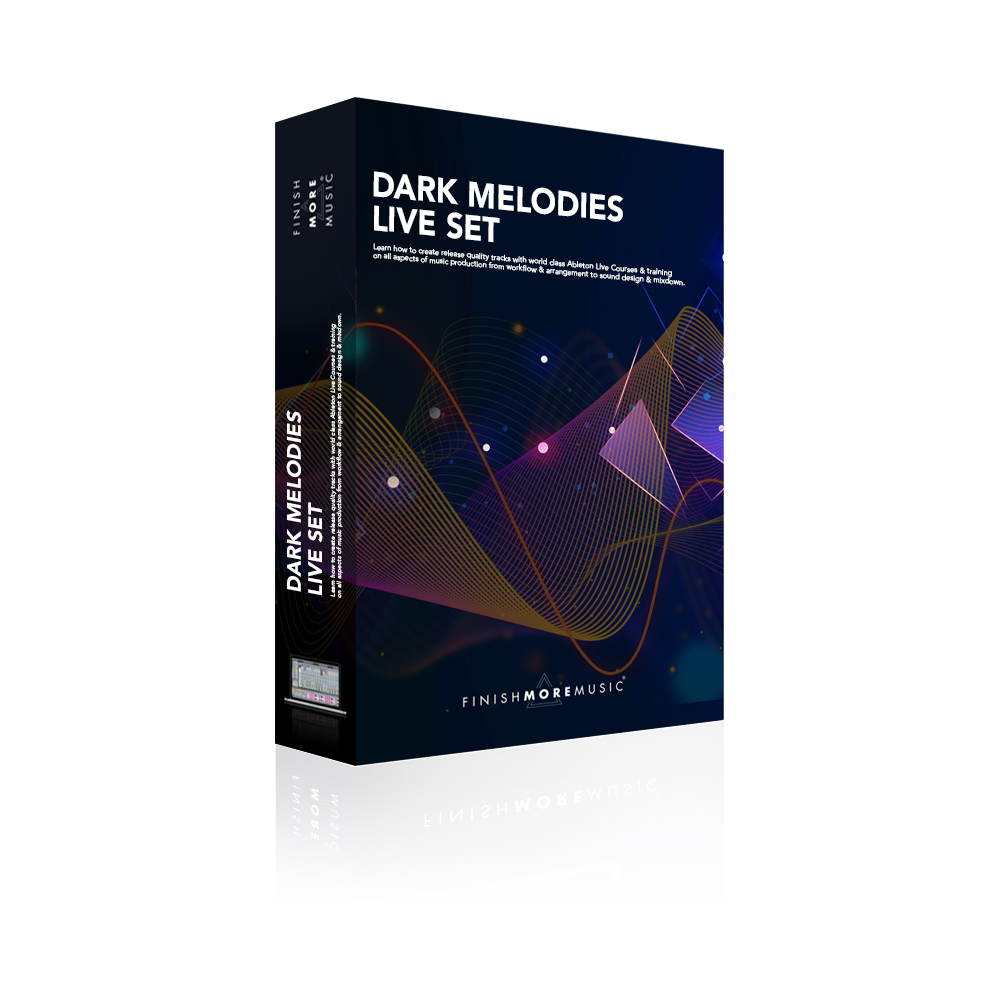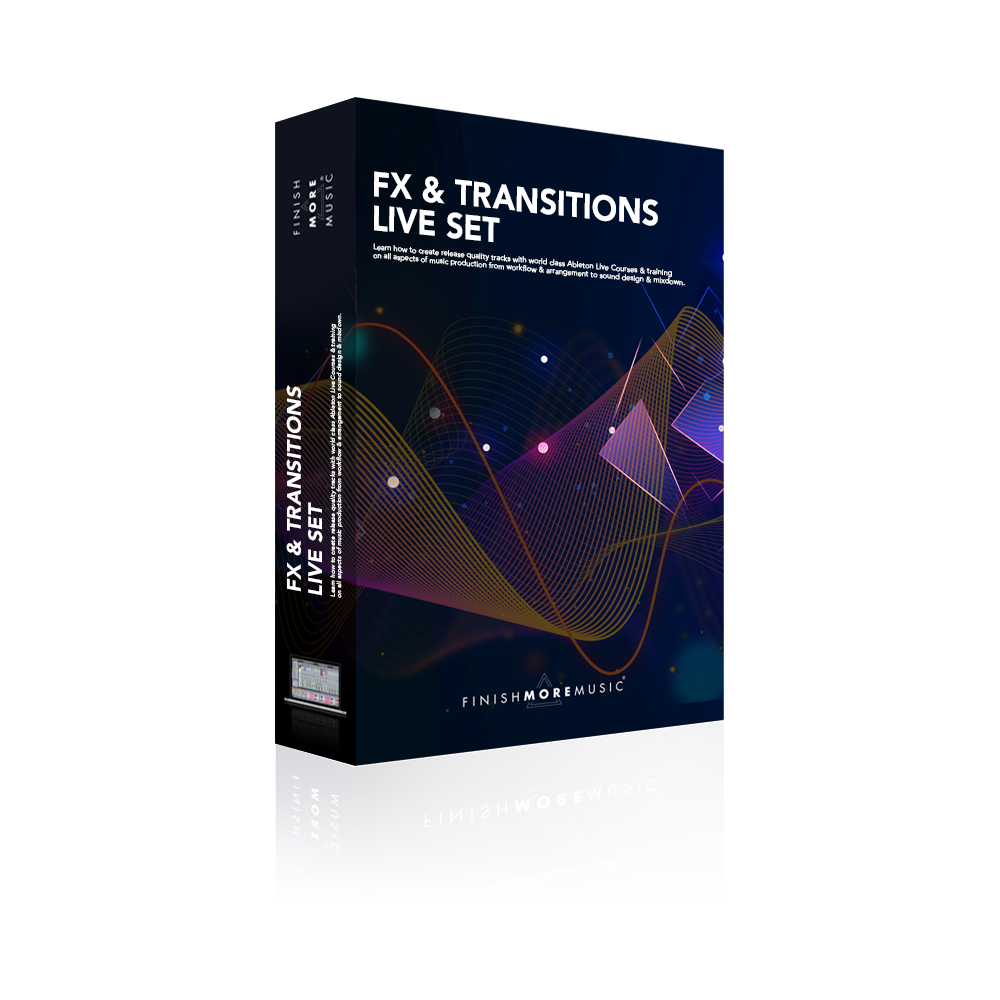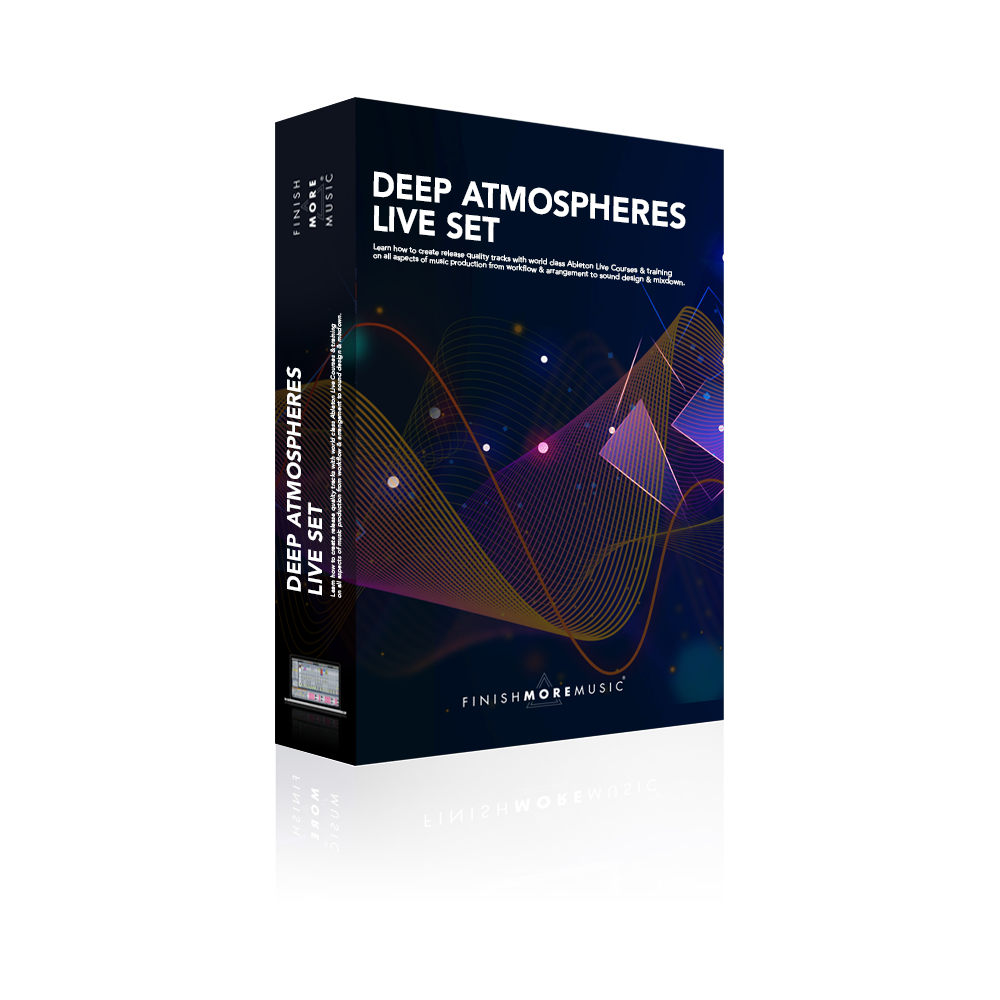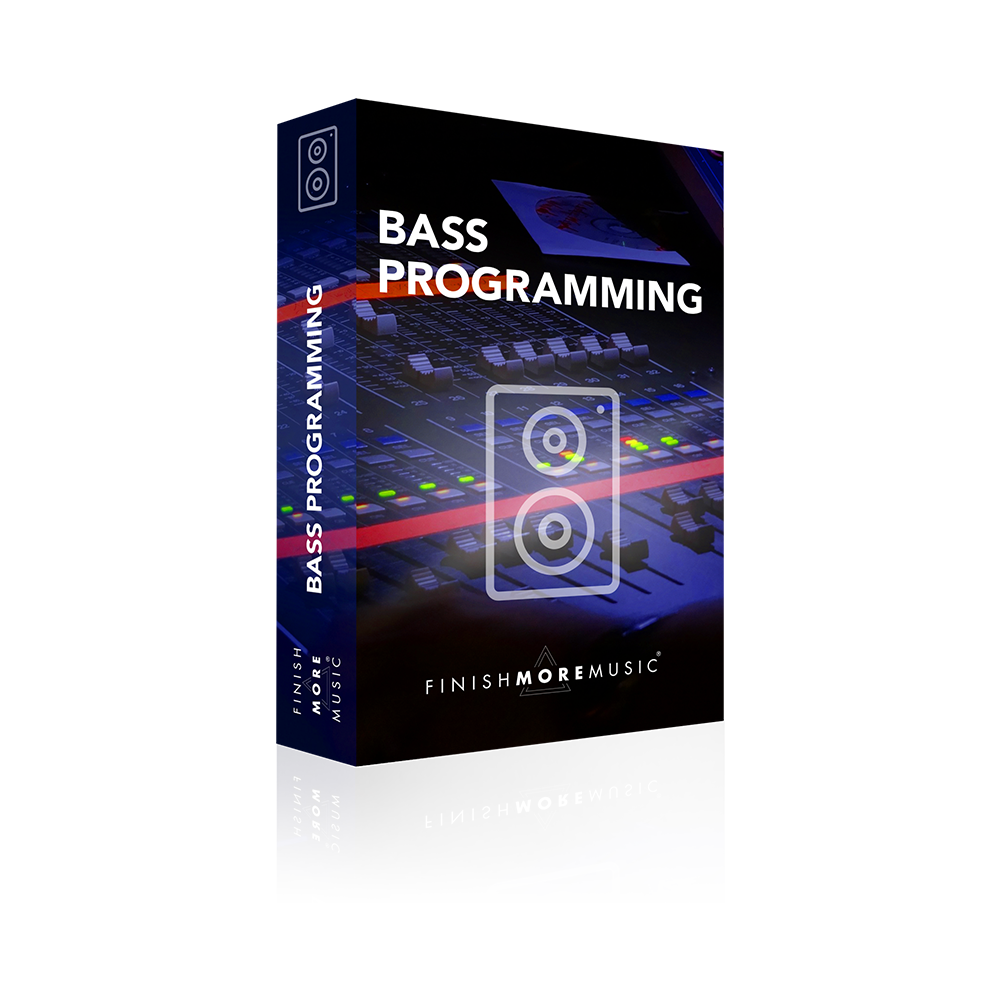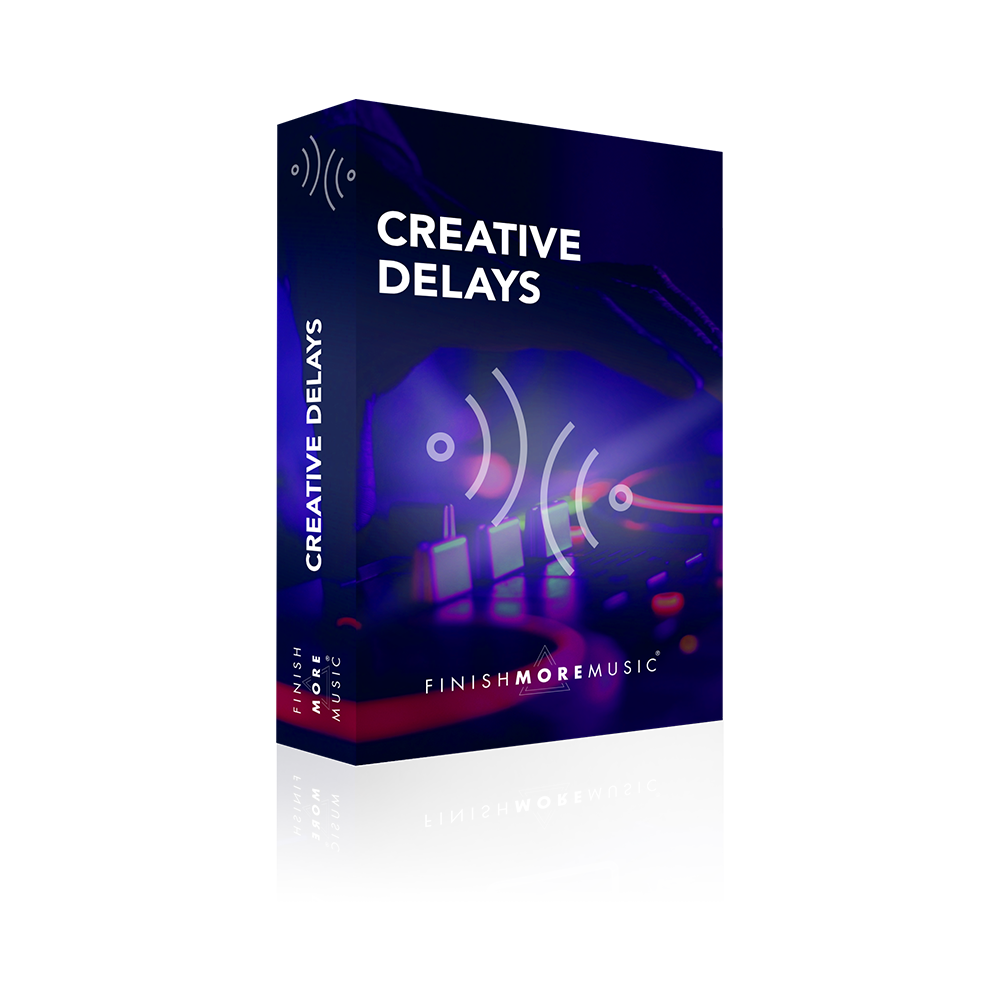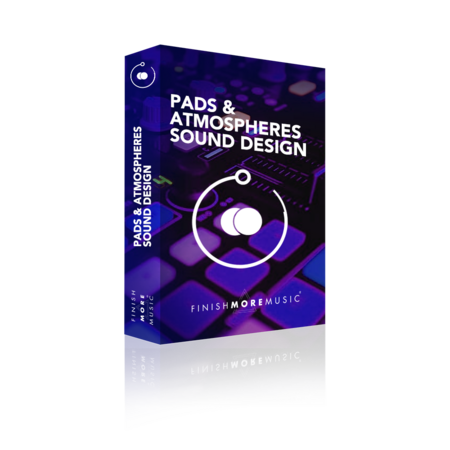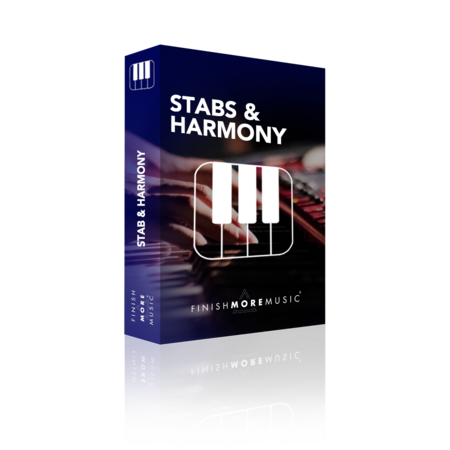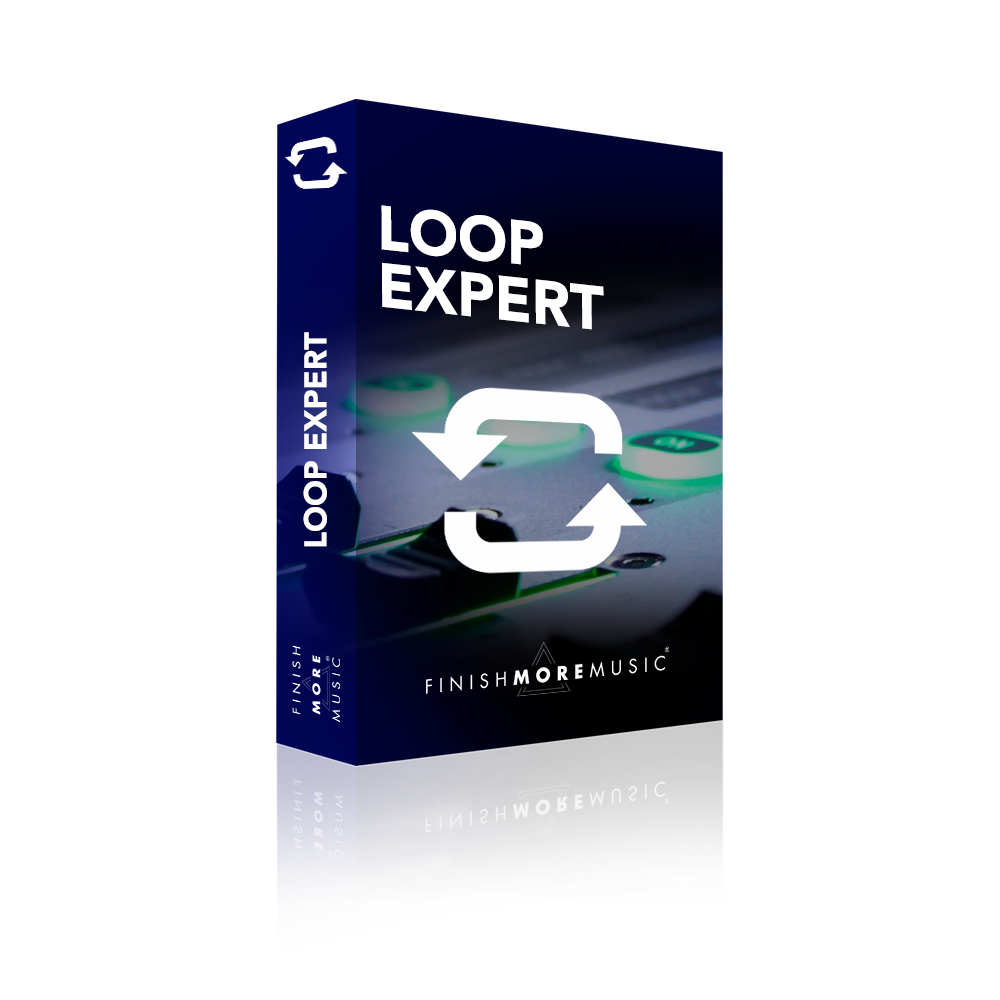Following on from last week’s free tutorial, we have part 2 on how to develop your musical riffs in your tracks when using samples and loops. In this tutorial I take our idea from last week and evolve it even further by re-pitching our sounds and creating an awesome sounding harmony for our lead riff using simple built in audio effects. If you like this video, our ‘Loop Expert’ course is fantastic for those of you who want to know how to make the most out of your sample pack library.
Transcript
Okay let’s see what else we can do to develop a single melody line. So here was the melody again [Music], and so far we’ve pitched it up by a fifth and an octave. So on this copy, let’s take it downwards. Let’s go five semitones down [Music]. So that works really nicely but would try and be a bit more adventurous. Mentioned reversing before so let’s give that a go [Music]. That’s not too bad, you could work with that [Music].
Might be useful for another section. I’m not sure they go together super well. I’m going to name this one melody reverse and we’ll we’ll keep it here but I’ll turn it off. I think I’m gonna just make it a different color as well so it doesn’t get confusing. Maybe that would be something you could use in another part of the track but I’m not sure it work stacking it up as a layer. So let’s go again, this time let’s try something else. This time I’m gonna slow it right down, okay? So what we get now is this [Music]. So it’s that same loop but dragged out over double the time [Music]. Let’s see how that sounds [Music]. Much nicer, much prefer that and then finally let’s make one more version and we’re just gonna make a pad out of this can make pad light textures out of almost anything in life. So let’s fire away with this. For this one I’m gonna go the other way and we’ll make this super fast [Music], and then I’m gonna make more of a texture out of it by adding a ping pong delay [Music], and then of course that’s gonna need a nice reverb on there. Lots of lots of decay time [Music], and then we can bring the harmonic sound on that by using resonators. So we already identified earlier on that we were working in the key of C so resonators is already set up for that. Let’s go ahead and add a perfect fifth seven semitones [Music].
Let me try some other stuff maybe twenty four two octaves, quite a nice pad sound. What else could we add to this? I’d be thickened it up with a bit of overdrive. This will be overkill so let’s bring this down a little bit. It’s a vicious otherwise [Music]. Not sure if I’m gonna go with that and sounds a bit abrasive for the nice melody that we’ve got here… oops don’t mean to do that. Let’s have a look where were we up here somewhere. Accidentally made a year a MIDI track I think [Music]. That’s a slowed down version, perfect! Okay so final thing was gonna be a chorus but I’ve ended up accidentally bringing the cord in that’s why that got a bit messy [Music]. See how it sounds, it’s gonna need to come down a bit in volume [Music].
Yeah, we’ll take those two extra sure what you call these poles bands on the resonator. Let’s take those out, that’s a bit too thick, bit too much [Music]. So that works nicely, so we’ve got a whole bunch of different ideas here. Let’s see what works together [Music]. I think I’m gonna do actually is just duplicate that top one, and we’ll have this one just playing the octave up. So we get this five and let’s change this. Complex Pro is a bit more gentle in this [Music], that’s nice up. Okay so we’re worried a little bit confusing, needs naming and color coding that’s for sure. Let’s bring that pad in [Music]. So maybe that’s quite nice. This other one perhaps is a little bit more subtle. You can hear it starts to get a bit overcrowded, but whatever way you look at it we have now got a bunch of different ideas. We’ve got five different developments and things that we can add onto that loop, so you’ve got plenty of material to make a full arrangement with. Plus we’ve also got that reverse that we might be able to sneak in perhaps in a breakdown or something else and that’s all come from one loop so there’s definitely a lot of opportunity for development.
Thank you for watching
I really appreciate you tuning in and I hope you’re enjoying the tutorials and taking some real value into your music sessions.
If this video resonated with you and you feel it will have a positive impact on the people you know, please share it by using the social media buttons you see at the bottom of this page.
To make sure you are always the first to know when a new video lands: Subscribe to the FMM Youtube channel here.
Let me know how you get on with the techniques I showed in the videos and if you have any suggestions for future tutorials, ping me a message on Instagram (@IamKeithMills)

